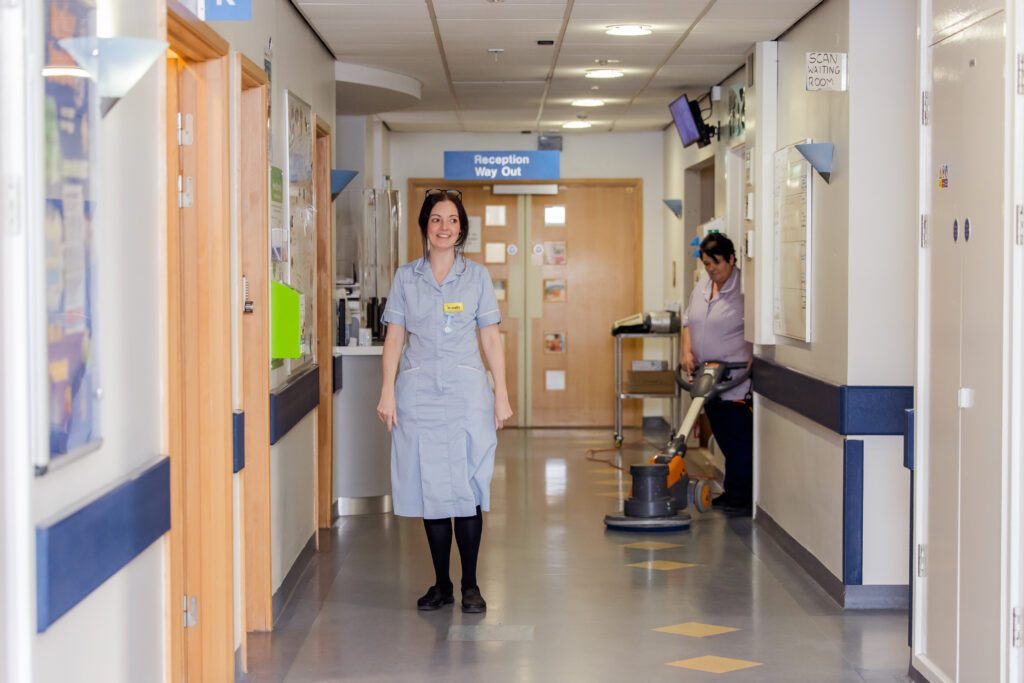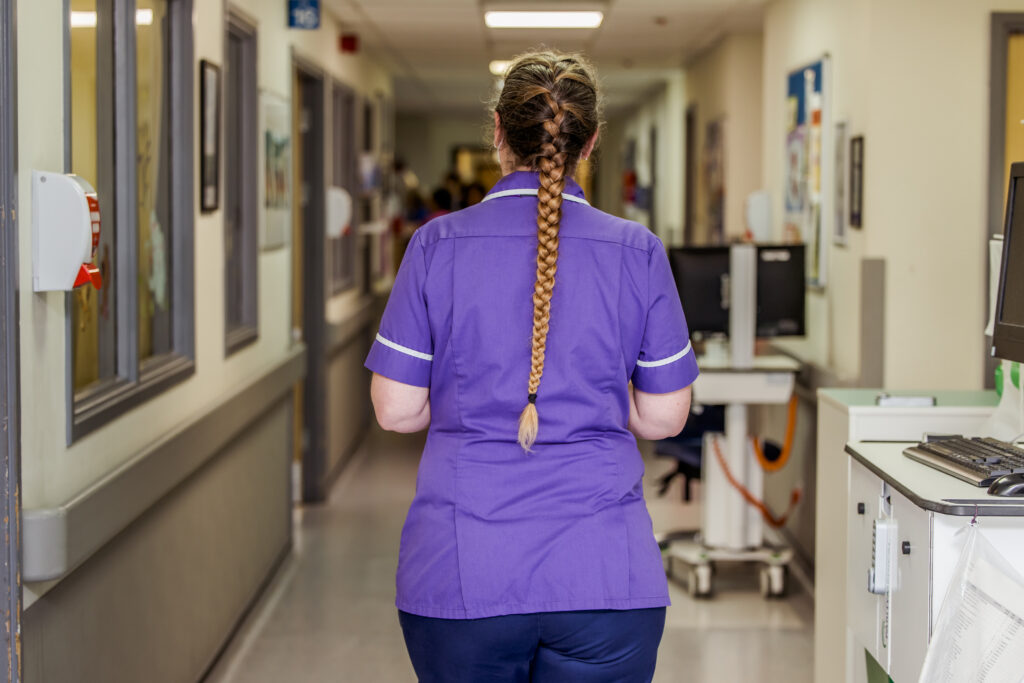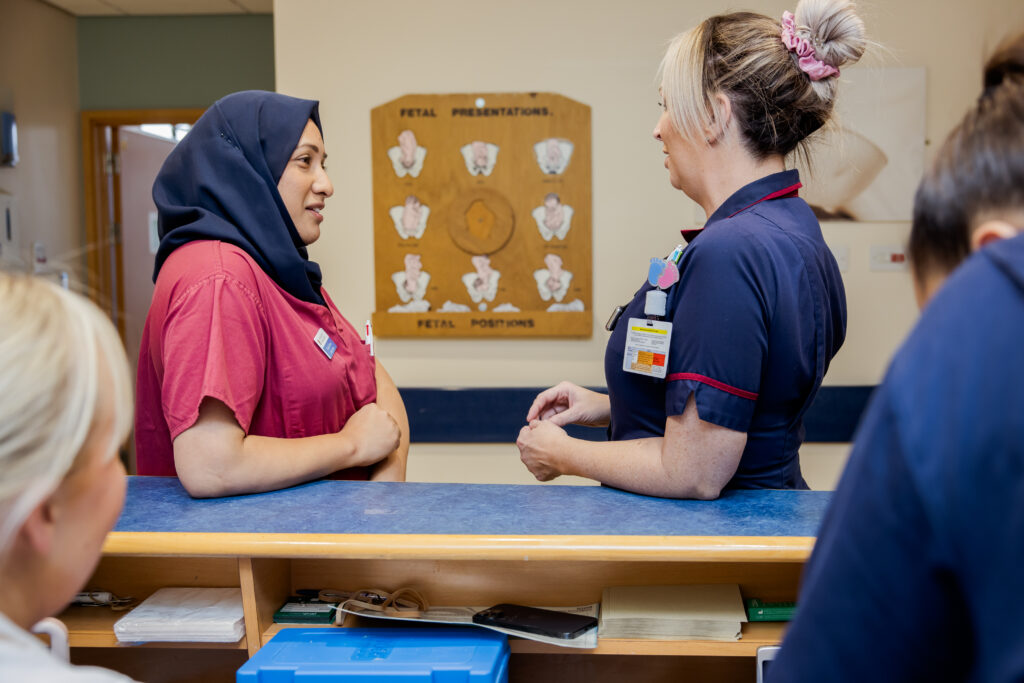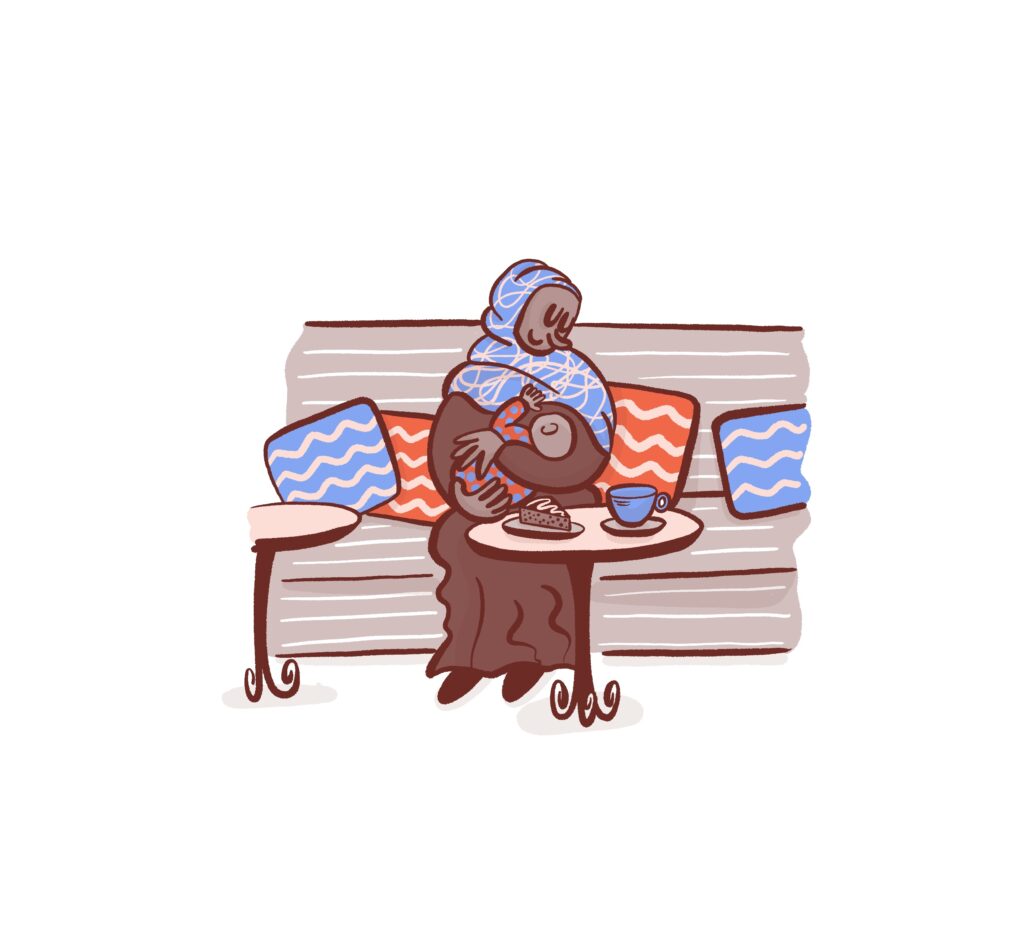To mark World Mental Health Day 2025, MIDIRS Search Pack of the Month for October is M10: Stress and Burnout in Midwifery.
Friday 10 October is World Mental Health Day, a reminder not only of the vital role midwives and maternity professionals play in supporting parents’ mental wellbeing, but the importance of looking after their own.
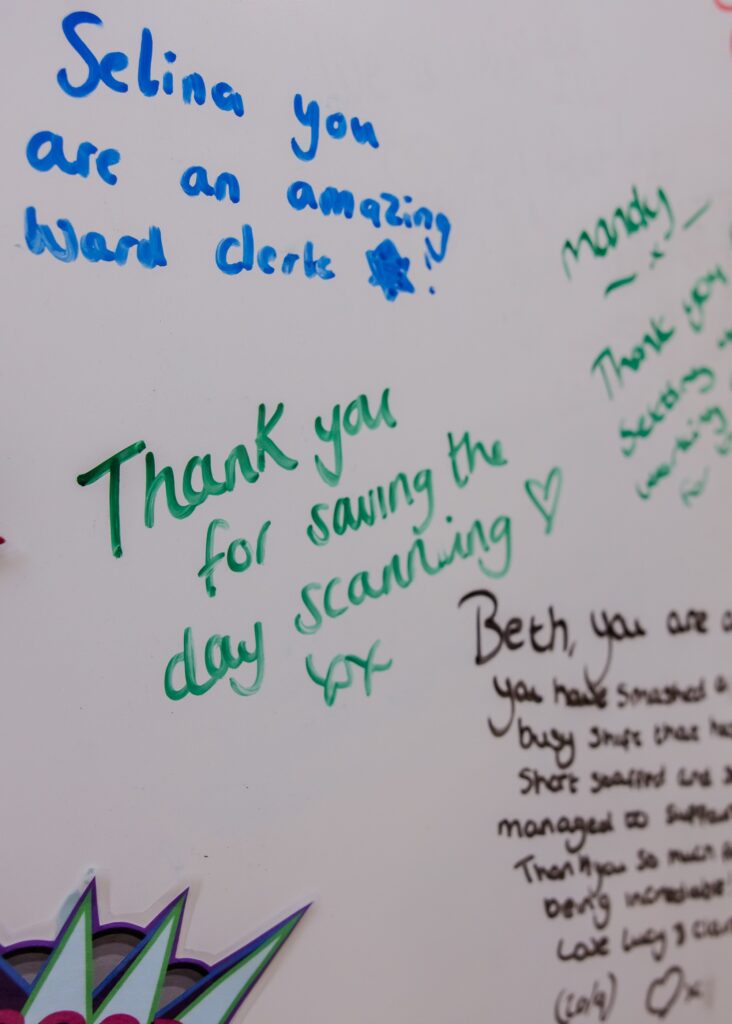
MIDIRS has several resources covering the mental wellbeing of those in maternity professionals’ care. This includes the following Search Packs, which each contain a comprehensive list of research on that topic:
- MS54: Women with mental health disorders.
- PN67: Postnatal psychosis.
- PN155: Mental health and well-being of fathers.
- P198: Perinatal mental health.
- P202: COVID-19 – mental health in pregnancy and post birth.
These resources are essential for those wanting to stay informed with the latest guidance and research on caring for individuals with pre-existing or new mental health problems. However, when choosing our free Search Pack for October, we wanted to focus on the mental wellbeing of maternity professionals themselves.
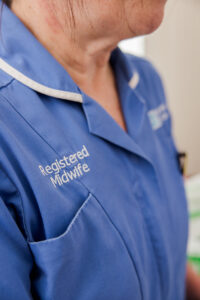
The midwifery profession can undoubtedly take it’s toll on an individual’s wellbeing. Research suggests that factors including long hours, work culture, lack of proactive support and the very structure of UK maternity care are all negatively impacting the wellbeing and mental health of UK maternity professionals. The UK WHELM study (Work, Health and Emotional Lives of Midwives), commissioned by the Royal College of Midwives, found that out of 1997 respondents, 83% of midwives suffered from burnout and 36.7% experienced moderate to severe stress, anxiety or depression. The report writes that “key results were very concerning and indicate that the UK’s midwifery workforce is experiencing significant levels of emotional distress”.
It is clear that, whilst the midwifery profession is immensely rewarding, it is not without it’s challenges. World Mental Health Day is a time to reflect on one’s own mental health, and reach out for support if needed. There are plenty of resources available to those who are struggling with poor mental health, at work or in their personal lives:
MIDIRS hopes that providing our Search Pack ‘Stress and Burnout in Midwifery’ as a free resource allows struggling midwives and maternity professionals to hear about other’s experiences, learn of potential avenues to reducing stress, and understand that they are not alone. Furthermore, it allows those who don’t experience high levels of stress and burnout to understand how their colleagues and friends may feel, fostering more supportive work environments.
Follow the link below to read our Search Pack of the Month for October.
*NOTE: Access to this Search Pack for free has now ended. To access this month’s free Search Pack of the Month, please head to the Blogs, News and Views section of our website. To access the Stress and Burnout in Midwifery Search Pack, plus many more and our whole Maternity Infant and Care database, please consider subscribing to MIDIRS.*
Plus, take a look back at articles discussing stress and burnout in midwifery that have featured in past editions of MIDIRS Midwifery Digest:
‘Team midwifery and burnout in midwives in the UK: practical lessons from a national study’ Jane Sandall (June 1999)
Since 1994, maternity policy in the UK has emphasised the importance of woman centred care and continuity of carer particularly during childbirth. This has required radical changes in the organisation of maternity care, which has included a shift in roles and responsibilities between doctors and midwives and a requirement for more flexible working by midwives. There is some evidence that such a model may not be sustainable due to staff burnout. This paper draws on data from a survey of a 5% random sample of midwives in England (N = 1166). The survey provided information on three key areas: work, family circumstances and psychological health. Occupational burnout was measured with the Maslach Burnout Inventory (MBI). Using multiple regression analysis, it was found that team midwifery was associated with higher levels of staff burnout. This was because midwives who worked in teams had less control over their decision making and work pattern, were on lower occupational grades, and worked longer hours than midwives who worked in traditional patterns of care. The implications are that if midwifery is to continue moving towards a more flexible way of working, then these predictors of burnout need to be taken into account when planning organisational changes.
‘Burnout – a personal experience’ Iris Snowden (September 2021)
Almost 18 months ago I snapped and walked away from the only job I knew how to do inside out. My whole adult life I had been a midwife and, like an addict, I’d say ‘Hi my name is Iris and I’m a midwife’. Midwifery was me and all I thought I knew how to be.
‘What factors influence professional burnout in midwives?‘ Claire Welford (March 2018)
Background: The midwifery profession has been under pressure for many years with the rising birthrate, lack of funding in the National Health Service (NHS) and the complex needs of women and their families giving birth in the 21st century. There are not enough midwives to care for them and now a third of the workforce are nearing retirement, taking with them valuable skills. Added to that are the high demands of the job where staff are taking time of work and/or leaving the profession due to work-related stress and professional burnout. Burnout is defined as emotional exhaustion, which can lead to low morale, depression and Depersonalisation of clients (McCormack & Cotter 2013). Reductions in staffing mean colleagues have to take on the extra workload, dictating the quality of care women receive and how midwives are supported in their role. This is a dangerous situation, which must be addressed to ensure that women and their families experience a safe and positive birth.
Methods: Four pieces of primary research using the Copenhagen Burnout Inventory (CBI) were reviewed to understand what factors influence professional burnout in midwives.
Findings: Midwives who are under 40 years of age and have less than ten years’ experience are experiencing high levels of professional burnout especially when working full-time hours in hospital clinics. Additionally women who are single and not co-habiting also score high for burnout. Conversely midwives working caseloads with responsibility for their workload and shift patterns score significantly less than midwives who work full-time in a standard care model. Working on call also does not contribute to stress where midwives have a flexible contract.
Conclusion: Newly qualified midwives (NQMs) should receive a comprehensive preceptorship throughout their transition from novice to expert with extra support during the first ten years. Additionally the number of hours a NQM is contracted for should be considered especially when working in hospital clinics. As recommended by numerous reports and highlighted in this review, government funding and health policies must support NHS trusts to implement caseload midwifery with flexible contracts where possible. Continuity of carer will reduce professional burnout in midwives and ensure safe staffing levels are consistent throughout maternity services.
‘The phoenix midwife’ Michele Klein (June 2009)
The story of the phoenix may have special meaning for midwives who have a sense of duty and propriety, belief (in their capabilities and in those of their clients), and whose hearts are full of love and compassion. Conversely and possibly as a result of the often intensely personal commitment involved in their profession, they may come to lose satisfaction in their job and feel it is time for change. Will this change involve trying to reduce their work hours, taking a break to do something different for a while, or seeking out other forms of satisfaction? Or, as with the phoenix, will they just burnout, completely stop their work as midwives, and re-emerge in society to a new life. What sort of a midwife are you? Are you still happy, hopeful and confident while you work? Or are you perhaps at the crossroads of your life, contemplating a new beginning? This article is based on the hope that some midwives who understand that they are burning out might think about the phoenix and explore new possibilities for the future: a meaningful mission, a new passion, an innovative channel for self-fulfillment which does not necessarily mean ceasing their work as midwives. It argues that the midwifery profession must do more than offer support and advice to stressed-out midwives, although this is important too.
To read these papers in full, plus hundreds more midwifery-related articles, subscribe to MIDIRS to access our full MIC database, our quarterly Digest and over 550 Search Packs.
